White oak trees are truly something special, offering timeless beauty and strength. If you’ve decided to add one to your yard or garden, it’s important to understand how to care for this majestic species. With their wide-reaching branches and deep green leaves, white oaks bring both shade and character to any landscape. In this guide, we’ll walk you through some key steps to help your tree thrive, from planting it in the right spot to maintaining its health over the years.
Taking care of a white oak isn’t all that complicated, but it does require a bit of know-how. This isn’t just about watering and hoping for the best; it’s about understanding the tree’s needs throughout its life cycle. With a few simple tips, you can ensure your white oak grows strong, healthy, and continues to thrive for generations to come. Let’s take a look at some of the most important things to keep in mind when caring for these beautiful trees.
Choosing the Right Location
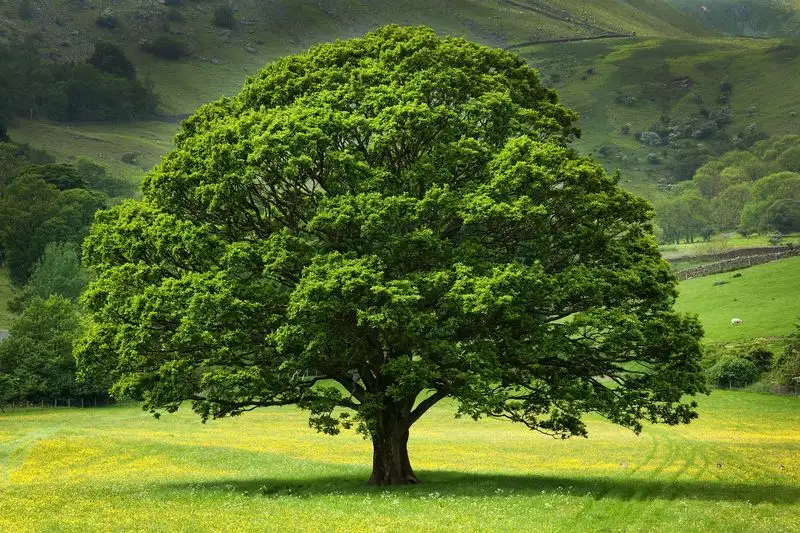
Selecting the ideal spot is crucial for your White Oak’s success. Ensure the location has ample sunlight and well-drained soil to support its expansive roots. Avoid areas prone to flooding or excessive shade.
Consider future growth, as White Oaks can spread up to 80 feet wide. This majestic tree requires plenty of space to thrive without competition from nearby structures or other large trees.
Think long-term: A suitable site will prevent future complications, allowing your oak to grow strong and healthy, becoming a focal point in your landscape.
Understanding Soil Needs

White Oaks prefer slightly acidic to neutral, loamy soils that offer good drainage. Test your soil’s pH level and amend it if necessary to create an optimal environment.
Incorporate organic matter like compost or well-rotted manure to enrich the soil, enhancing its texture and nutrient content. This promotes robust root development and overall vitality.
Paying attention to the soil’s quality ensures your White Oak has a strong foundation to anchor its roots and provides the necessary nutrients for sustained growth.
Watering Wisely

Proper watering is key to a thriving White Oak. Establish a routine that mimics natural rainfall, ensuring the soil remains moist but not waterlogged.
During dry periods, especially in the first few years, provide supplemental watering to support growth. Deep watering encourages deep root development, crucial for stability.
Be mindful of overwatering, as it can lead to root rot. Observing the soil’s moisture level and adjusting your watering schedule accordingly will help your White Oak flourish.
Pruning for Health
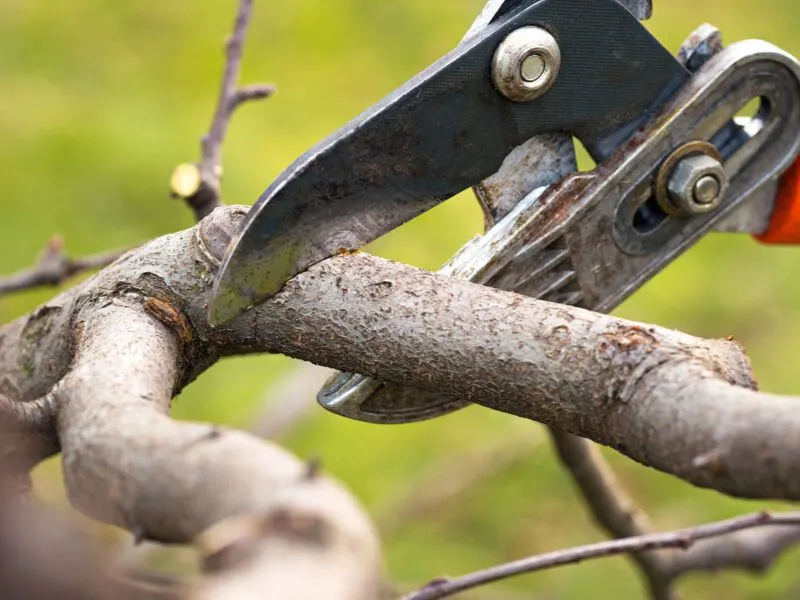
Pruning enhances the health and appearance of your White Oak. Focus on removing dead or diseased branches, which could otherwise harbor pests or lead to structural weaknesses.
Aim to prune during the dormant season, ideally in late fall or early winter. This minimizes stress and promotes healing.
Shaping your tree carefully encourages a strong framework, allowing sunlight and air to reach all parts of the canopy, which supports robust foliage and overall vitality.
Protecting Against Pests

Guarding against pests is essential for your White Oak’s survival. Keep an eye out for common threats like caterpillars and borers that can damage leaves and bark.
Introduce beneficial insects like ladybugs or use organic treatments to control infestations naturally. Regular inspections can help catch problems early, preventing significant harm.
A healthy tree is the best defense, so maintaining overall vigor through proper care practices reduces susceptibility to pests and ensures your White Oak’s longevity.
Dealing with Diseases
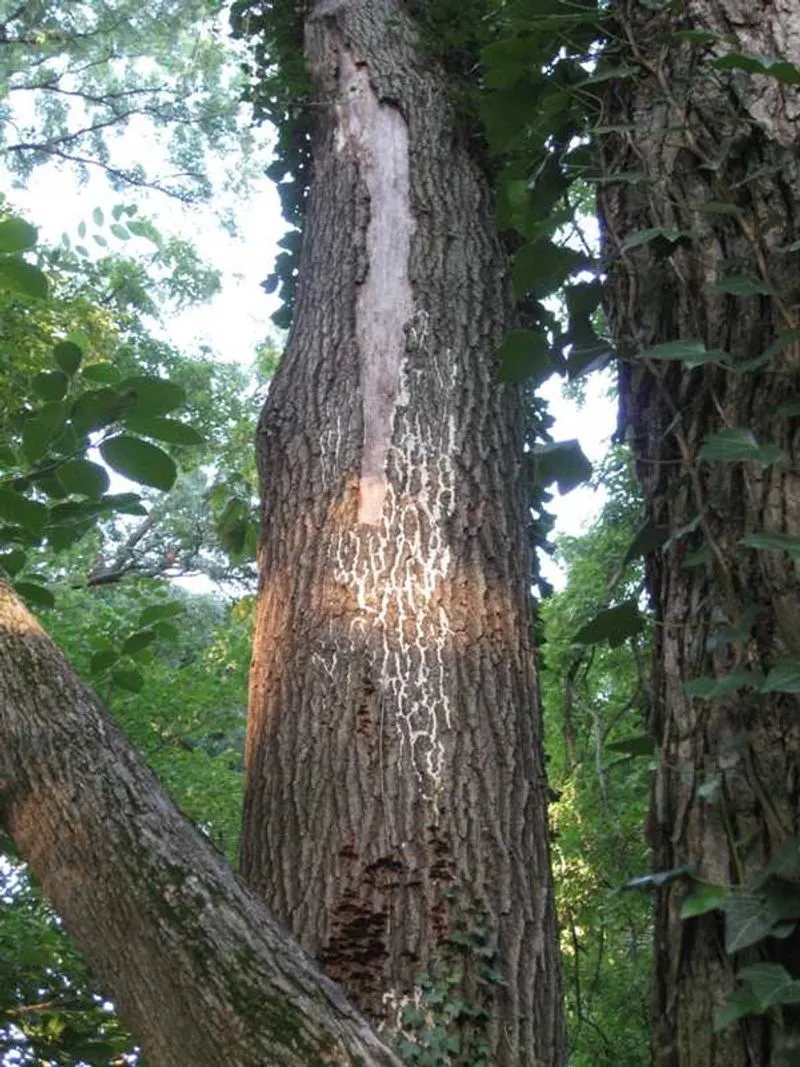
White Oaks can be vulnerable to diseases like oak wilt and powdery mildew. Early detection and management are vital. Regularly inspect your tree for signs such as wilting leaves or discolored bark.
Use disease-resistant varieties and apply fungicides when necessary. Maintaining tree health through proper watering, pruning, and fertilization can also deter diseases.
Consult with a tree care professional if needed, to diagnose complex issues. Proactive disease management will ensure your White Oak continues to thrive and stand tall.
Mulching Correctly
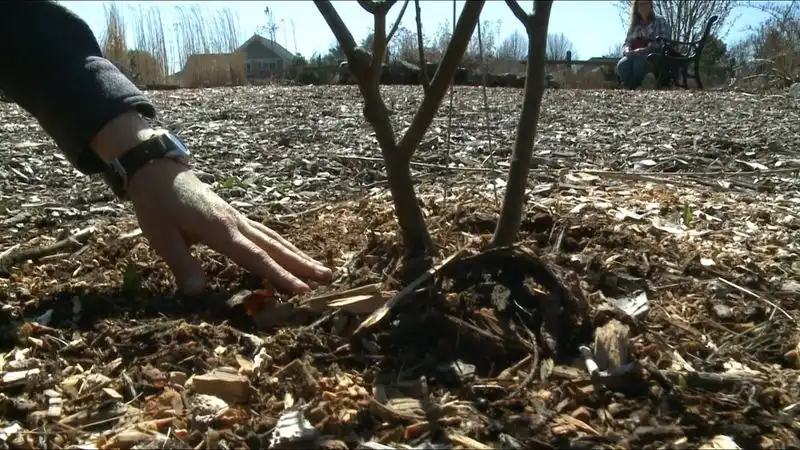
Mulching provides numerous benefits to your White Oak. It helps retain soil moisture, suppresses weeds, and moderates soil temperature.
Spread a layer of organic mulch, such as wood chips or shredded bark, around the base, but avoid piling it against the trunk. This prevents rot and pest infiltration.
Replenish mulch annually to maintain its effectiveness, improving the soil over time. Correct mulching practices contribute to the tree’s health and vitality, creating a neat and beneficial landscape feature.
Fertilizing for Growth
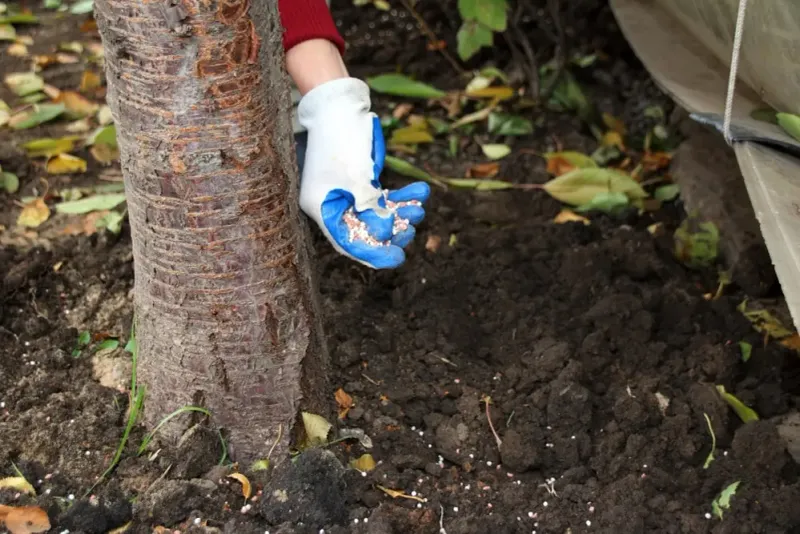
Fertilizing supports your White Oak’s vigorous growth. Opt for a slow-release, balanced fertilizer specifically designed for trees to ensure a steady nutrient supply.
Apply fertilizer during the growing season, typically in early spring, to give your tree a boost as it awakens from dormancy. Avoid over-fertilizing, which can harm roots and spur excessive growth.
Regular fertilization helps maintain lush foliage and robust structure, ensuring your White Oak remains a vibrant part of your landscape.
Supporting Young Trees
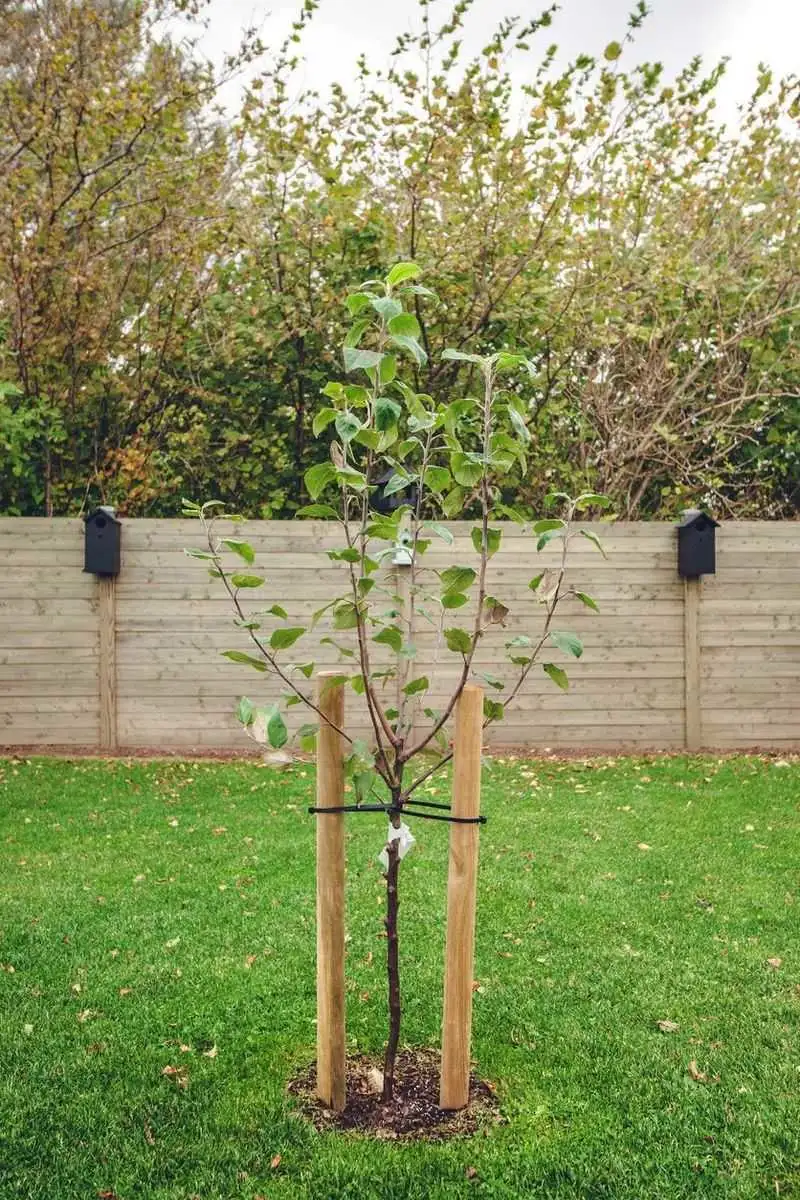
Supporting young White Oaks is crucial for their development. Stake saplings only if necessary to prevent them from tipping in strong winds. Use soft ties to avoid damaging the bark.
Monitor the stakes and ties regularly, loosening or removing them as the tree establishes itself. This allows natural movement, encouraging strength and resilience.
Proper support fosters stability, helping young White Oaks adapt to their surroundings and grow into majestic, sturdy trees that can withstand nature’s challenges.
Encouraging Biodiversity

White Oaks play a key role in supporting wildlife. Plant native plants nearby to attract diverse insects and birds, fostering a vibrant ecosystem.
Encourage biodiversity by avoiding pesticides and providing water sources like bird baths. Healthy ecosystems contribute to the tree’s vitality by naturally managing pests and enhancing soil quality.
By nurturing biodiversity around your White Oak, you create a lively and balanced environment that benefits both the tree and the local wildlife, ensuring a flourishing habitat.
Monitoring Tree Growth
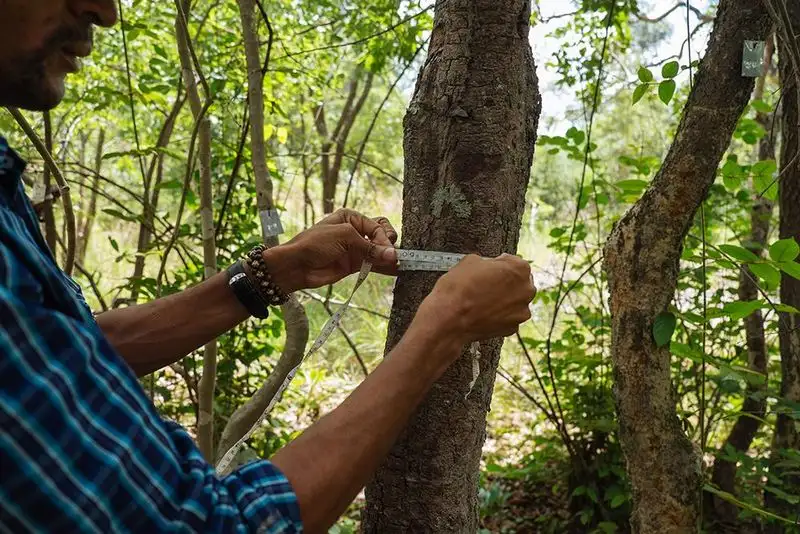
Regular monitoring of your White Oak’s growth helps identify potential issues early. Track changes in trunk diameter, canopy spread, and overall health annually.
Document your observations in a journal, noting any anomalies or improvements. This record-keeping aids in recognizing patterns and making informed care decisions.
Consistent monitoring ensures your White Oak receives the attention it needs to thrive, allowing you to address problems promptly and support its development over time.
Preparing for Seasonal Changes
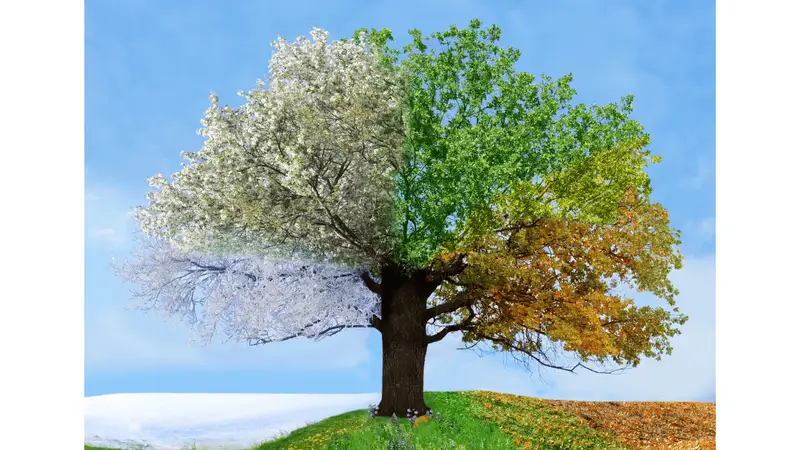
Prepare your White Oak for seasonal changes to ensure resilience. In autumn, allow fallen leaves to create natural mulch, enriching the soil.
Winter can be harsh; wrap young trees with burlap to protect against cold winds and frost. In spring, remove protective wraps and inspect for any winter damage.
Adapting care practices to seasonal shifts enhances your tree’s endurance and ensures that it remains a stunning feature of your landscape year-round.
Promoting Root Health
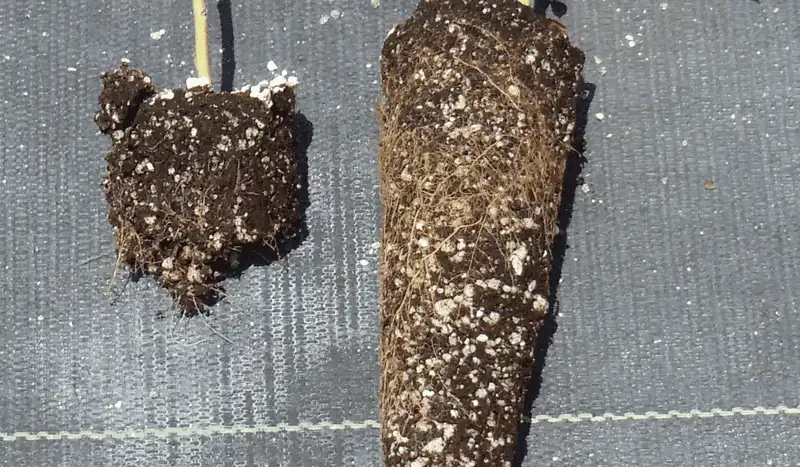
Healthy roots are the backbone of a thriving White Oak. Prevent soil compaction by limiting foot traffic around the base and avoid piling soil against the trunk.
Allow the roots to breathe and access water and nutrients efficiently. Consider aerating the soil occasionally to promote better absorption and growth.
Nurturing root health ensures your White Oak remains stable and robust, anchoring it firmly and allowing it to reach its full potential over the decades.
Understanding Growth Patterns
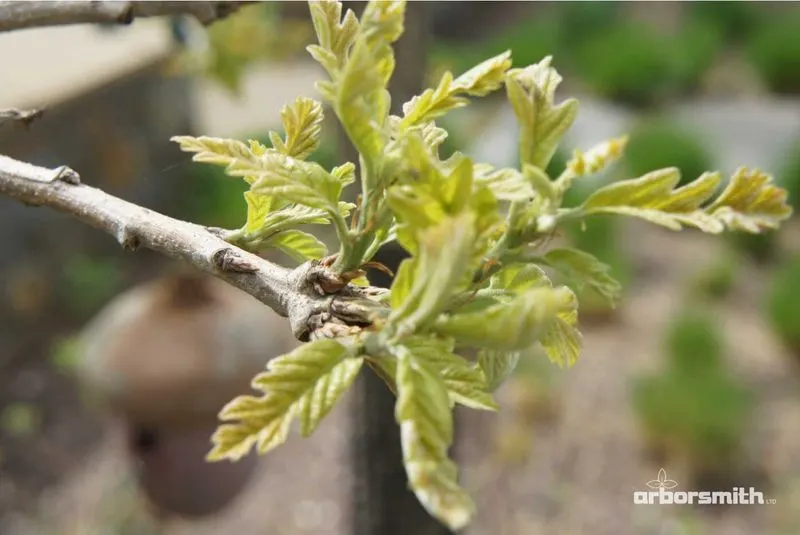
Understanding your White Oak’s growth patterns provides insight into its care needs. These trees grow slowly, achieving significant size over decades.
Recognizing this gradual growth helps manage expectations and tailor care practices to its stage of life. Encourage patience, as these majestic trees reward long-term commitment.
This knowledge allows you to anticipate future requirements, ensuring your White Oak receives the support it needs throughout its life cycle, becoming a cherished part of your landscape.
Engaging with Tree Communities
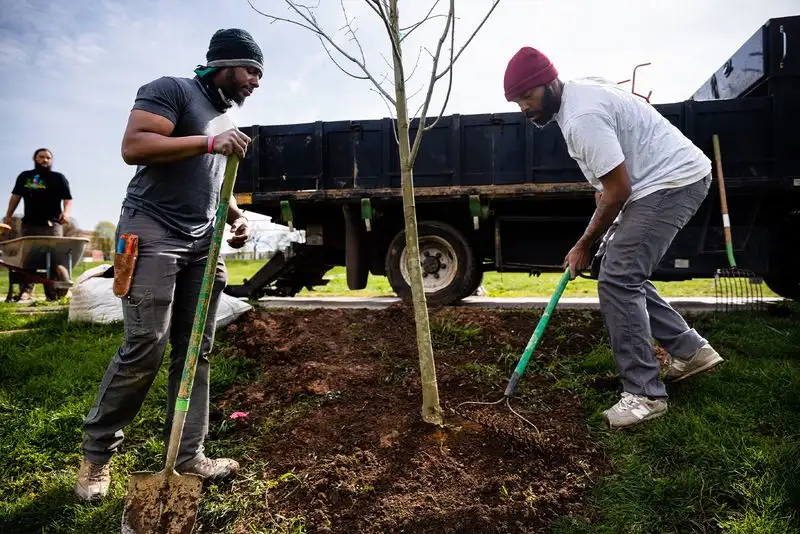
Engaging with tree communities can enhance your White Oak care experience. Participate in local arborist workshops or join online forums to exchange tips and gain knowledge.
Sharing experiences and learning from others fosters a deeper connection to your tree and its environment. Community involvement also raises awareness about the ecological significance of White Oaks.
By connecting with others, you enrich your understanding and appreciation of these majestic trees, ensuring they continue to thrive and beautify landscapes for generations.
Appreciating Historical Significance
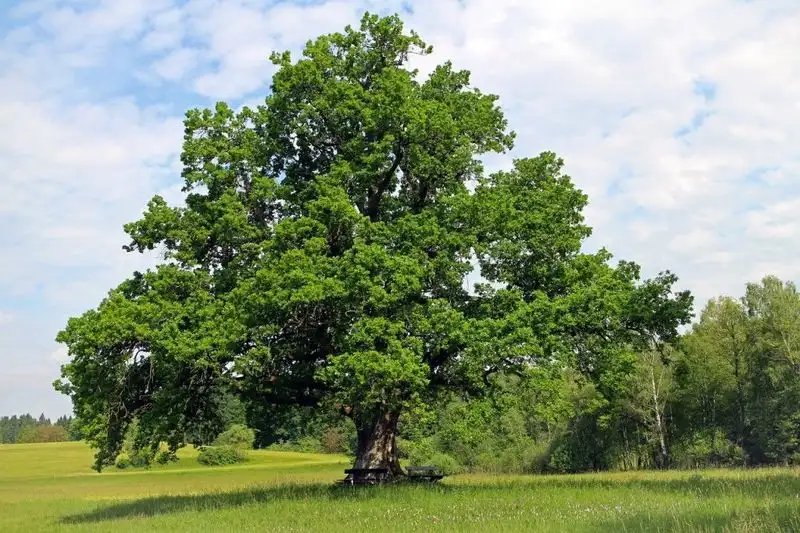
White Oaks hold historical significance, often serving as landmarks or symbols of strength. Learning about your tree’s history fosters a deeper connection.
Research local records or folklore to uncover stories that may involve your oak, adding a personal dimension to your care journey.
Appreciating this historical context enriches your relationship with the tree, inspiring you to preserve and protect it as a living testament to the past.

